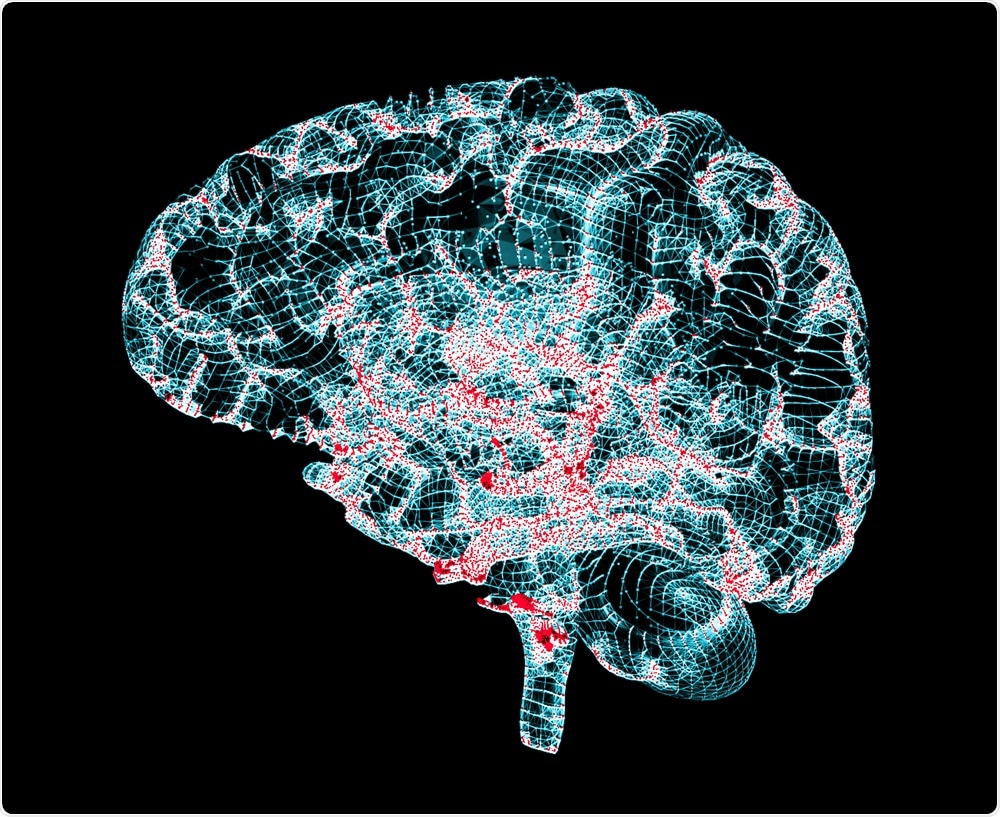Researchers at the Massachusetts Institute of Technology have found a way of measuring dopamine in the brain for more than a year.
The development could help scientists understand much more about how the neurotransmitter is involved in disorders such as Parkinson’s disease and depression.
 Image Credit: Naeblys / Shutterstock
Image Credit: Naeblys / Shutterstock
Traditional devices for measuring dopamine only deliver reliable readings for around a day because they provoke an immune reaction that causes scar tissue to form and interferes with the accuracy of the results.
Despite all that is known about dopamine as a crucial signaling molecule in the brain, implicated in neurologic and neuropsychiatric conditions as well as our ability to learn, it has been impossible to monitor changes in the online release of dopamine over time periods long enough to relate these to clinical conditions."
Professor Ann Graybiel, Senior Author
As reported in the journal Communications Biology, Graybiel and team have developed sensors that are virtually invisible to the immune system and provide accurate readings over long periods of time.
In an animal model, the researchers implanted the sensors into a part of the brain called the striatum, which contains the dopamine-containing cells required for reward-reinforced learning and habit formation.
After implanting the sensors about 5 mm deep into the striatum, the researchers found that immune cells responsible for responding to damage were the same as those in the brain tissue of animals that did not have the implants.
After inducing dopamine release from the brain stem and taking readings from the sensors every few weeks, they found that the readings remained consistent for up to 393 days.
The team hopes that if the sensors can be developed for use in humans, they could be used to monitor patients who receive deep brain electrical stimulation for the treatment of Parkinson’s.
This technology could help clinicians deliver electrical impulses more selectively and only when they are needed.
Next, Schwerdt and team plan to adapt the sensors to measure other neurotransmitters, as well as the electrical signals that can also be disrupted in diseases such as Parkinson’s.
Understanding those relationships between chemical and electrical activity will be really important to understanding all of the issues that you see in Parkinson's.”
Helen Schwerdt, Lead Author
Source:
This article has been re-written from a press release, originally published on EurekAlert.